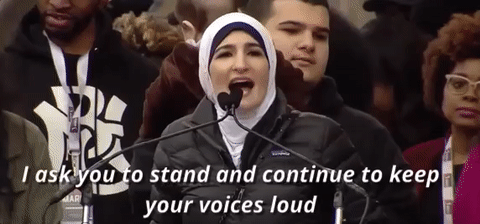Disclaimer: I am not perfect and neither are my notes. If you notice anything that requires clarification or correction, please email me at melanie (dot) marttila (at) gmail (dot) com and I will fix things post-hasty.
Panellists: Jo Walton, Mary Robinette Kowal, Steven Gould, James Patrick Kelly, Elizabeth Bear (moderator)

Joined in progress …
EB: It’s not all about creating an engaging character.
MRK: People want the familiar and the strange. So, a familiar emotion with a strange activity, for example.
JPK: Before you write, walk into your character’s room, their car, their locker. In describing these places, you find stuff you can use later in the plot.
JW: Characters are something I could write well before I could do anything else (dialogue, description, etc.) I decide that this is the story I am telling and this is how I’m telling it.
EB: You have to figure out what makes the character someone readers want to spend time with. Give them a goal. Give them agency. Give them something, or someone, to love.
SG: If you want to show how a technology works, show it when it breaks down. Added benefit: it frustrates your character, it’s a setback.
MRK: They need to have a sense of their own competence, or lack thereof.
EB: Add conflict.
MRK: Action is reaction. That’s something from theatre. Map out the easiest path to the character’s goal and then deny it. Conflict is not necessarily a fight scene.
JW: A character desperately needs a bathroom. Everything they say and do will be coloured by this desire. If a character is making dinner, discover everything in the course of that day-to-day action. Including backstory this way becomes seamless. There has to be a sense of jeopardy, but it doesn’t have to be a battle for life and death at every turn.
JPK: You want to have conflict everywhere, but it all has to relate to the plot. Keep an eye on your main conflict. It’s a through line. From the beginning to the middle, it’s a one way door. The same goes for the middle to the climax. There’s no going back.
MRK: The stakes must be personal and specific to the character.
JW: Unless you can make the reader care about the character in jeopardy, it won’t work.
MRK: Focus indicates thought. Everything has its own breath and rhythm. Pacing can be controlled by how long the character’s attention lingers. [Mel’s note: Mary then removed her boots and demonstrated what she was talking about in a tour de force of shoe puppetry. I wanted to take a picture, but couldn’t tear myself away from the spectacle—it was that AWESOME!]
JW: Pacing is one of the strongest indicators of genre.
JPK: When I was at Clarion, they didn’t have the money to make a copy of every story for every participant, so one copy of each was posted in the hall. If you look at a piece of writing and you see solid blocks of text, you probably need to break it up. A story needs to breathe and so does the reader.
JG: I think of it in terms of pixilation, granularity. If you increase the resolution, you increase the pacing.
EB: One common misconception is that starting in medias res means starting with a blood bath. The reader has to care about what happens to you characters.
JPK: Another common failing is not having a denouement.
JG: Being too coy with the reader, or telegraphing everything.
MRK: If you include too much backstory, try getting deeper into the point of view character.
JW: A lack of description results in too much fuzziness. Either the character, or the world, is not in focus.
And that was time.
Next week, I will be writing my first next chapter update of 2017 (yay—crazy Kermit arms) and then I’ll return to WorldCon reportage. And, of course, in the meantime, you can expect more great curation on Tipsday and thoughty Thursday.
Happy Chinese New Year!
And be well until I see you next





